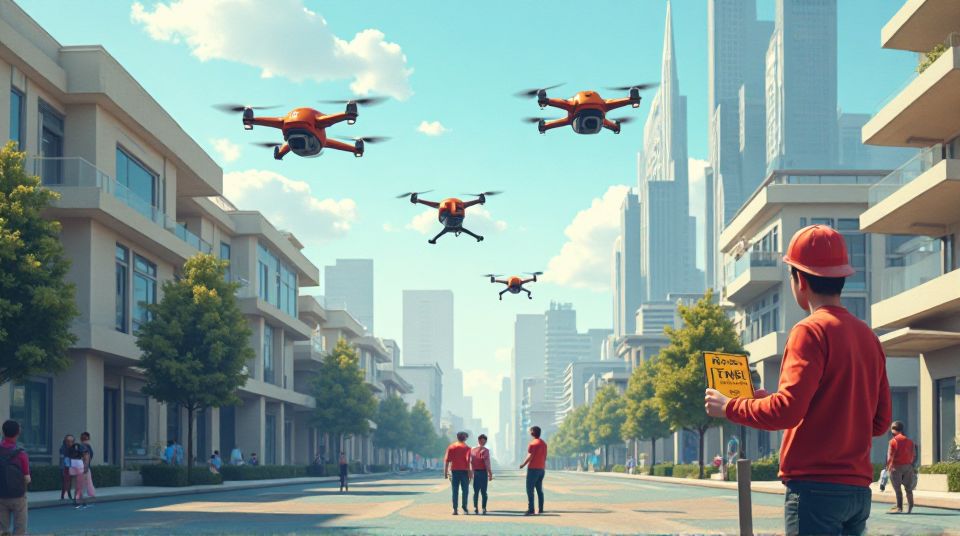The rise of drone technology has promised faster delivery times, lower logistics costs, and increased automation efficiency. But as fleets of drones take to the skies, a new and costly challenge has emerged: drone noise pollution fines for delivery companies. Communities are voicing concerns about buzzing aircraft overhead, and municipalities are responding with stricter regulations and fines.
For businesses, the financial risks are growing. Municipal drone regulations noise disturbance laws are being enforced more aggressively, particularly in residential neighborhoods. Companies that once saw drones as a way to cut expenses are now facing the unexpected costs of drone noise pollution fines, which can quickly erode profit margins.
The issue is driven largely by how drone noise affects community complaints. While a single drone might be a minor annoyance, large-scale deployment of delivery fleets has magnified the problem. This has led to more noise pollution fines for commercial drone operators, especially in cities with already strict noise ordinances.
For drone delivery services, adapting to local noise restrictions has become essential. Companies must now balance efficiency with compliance, often investing in quieter drone designs or limiting flight times to reduce disturbances. Without such adjustments, the impact of drone noise fines on automation costs threatens to outweigh the savings automation was supposed to deliver.
Public perception is also a major concern. Community backlash over drone noise pollution has escalated, with residents lobbying for stricter enforcement or outright bans on delivery drones. The reputational damage can be as harmful as the financial penalties, making it vital for companies to act proactively.
Fortunately, solutions exist. Managing drone noise to avoid municipal penalties requires innovation, from redesigning rotor systems to adopting flight paths that minimize exposure to residential areas. Companies are also exploring strategies to reduce drone noise and avoid fines, such as investing in acoustic dampening technologies or integrating hybrid systems that lower decibel levels.
As drone technology continues to expand, the question is no longer just about speed and convenience. It’s about sustainability and community trust. Businesses that fail to address drone noise pollution fines for delivery companies may find that the true cost of drone delivery is far higher than they anticipated.



